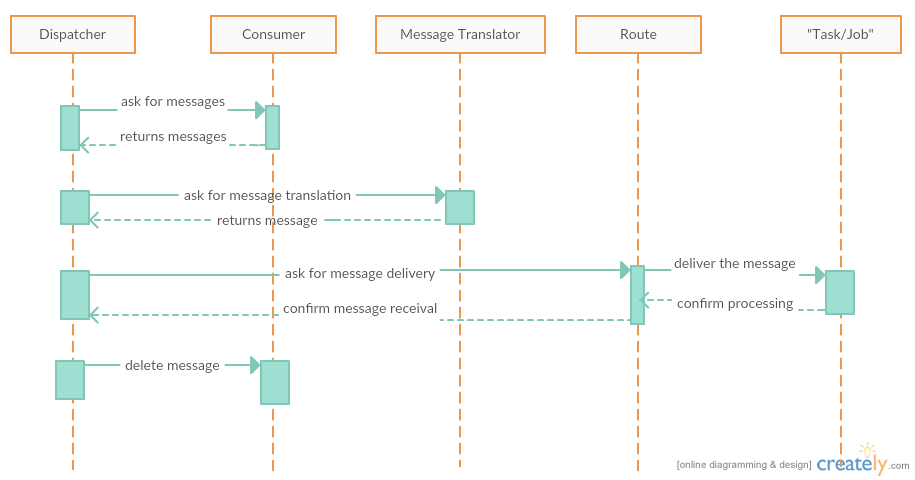Overview¶
Loafer is an asynchronous message dispatcher for concurrent tasks processing.
To take full advantage, your tasks:
- Should use asyncio
- Should be I/O bounded
- Should be decoupled from the message producer
If your task are CPU bounded, you should look for projects that use
multiprocessing python module or similar.
We don’t require the use of asyncio, but any code that’s not a coroutine will run in thread. Performance and error handling might be compromised in this scenarios, you might want to look for other alternatives.
If your code are too tied to the message producer, you might end writing too
much boilerplate code in order to use Loafer.
Components¶
The main components inside Loafer are:
- Manager
The manager is responsible to setup the event event loop and handle system errors.
It prepares everything needed to run and starts the dispatcher.
- Dispatcher
The dispatcher starts the consumers, schedules the message routing and message acknowledgment.
- Consumer
The consumer is responsible for retrieving messages and delete it when requested.
The act is deleting a message is also known as message acknowledgment.
At the moment, we only have consumer for AWS SQS service.
- Message Translator
The message translator is the contract between consumer and handler.
In the future it will also help the dispatcher choose a message destination handler.
At the moment, the message translator receives the “raw message” and transform it to an appropriate format that is expected by the handler.
- Route
The route is the link between the consumer and handler. It is responsible to deliver the message to handler and receive its confirmation.
- Handler
Handler or task/job, the callable that will receive the message.
